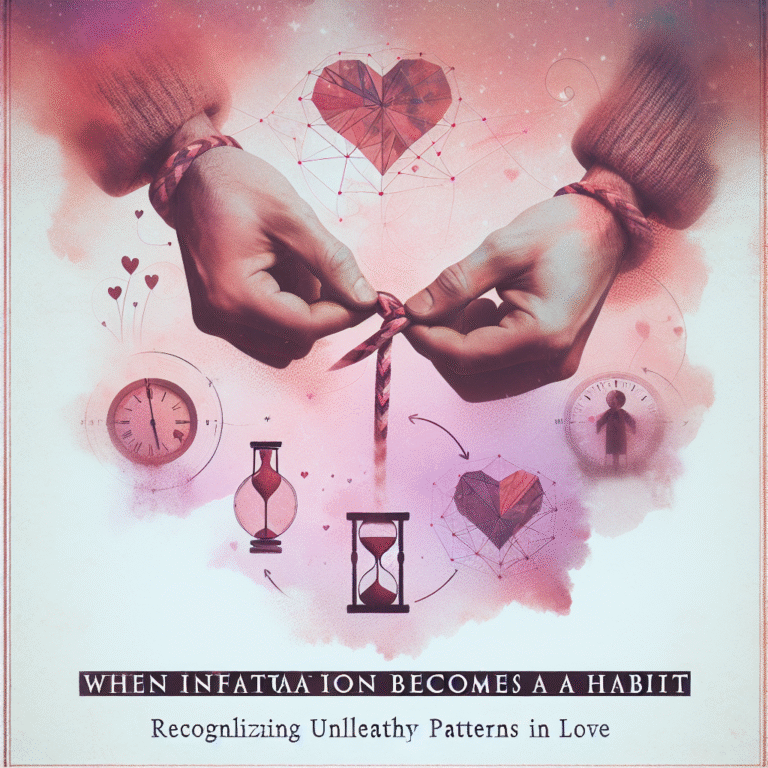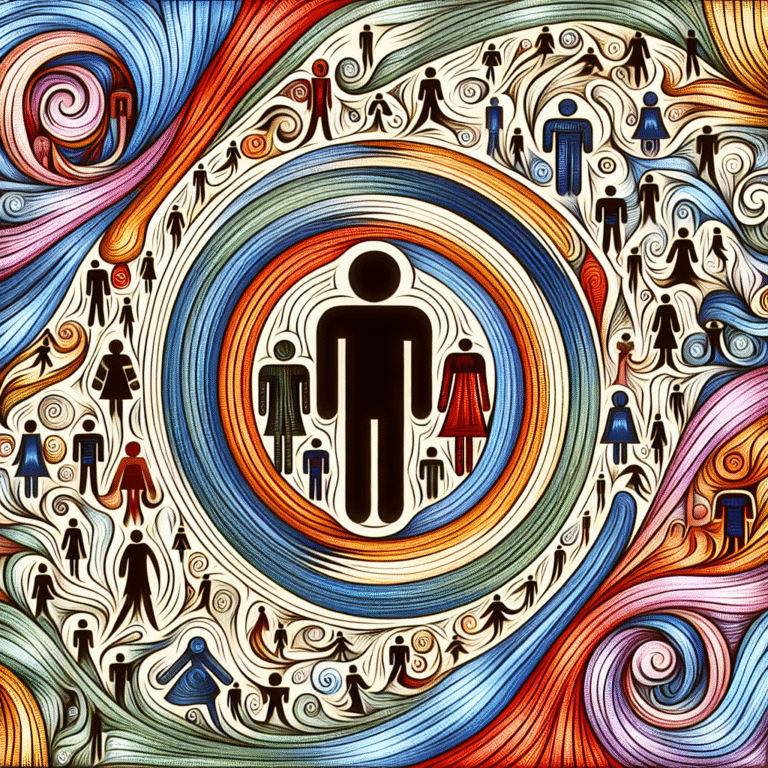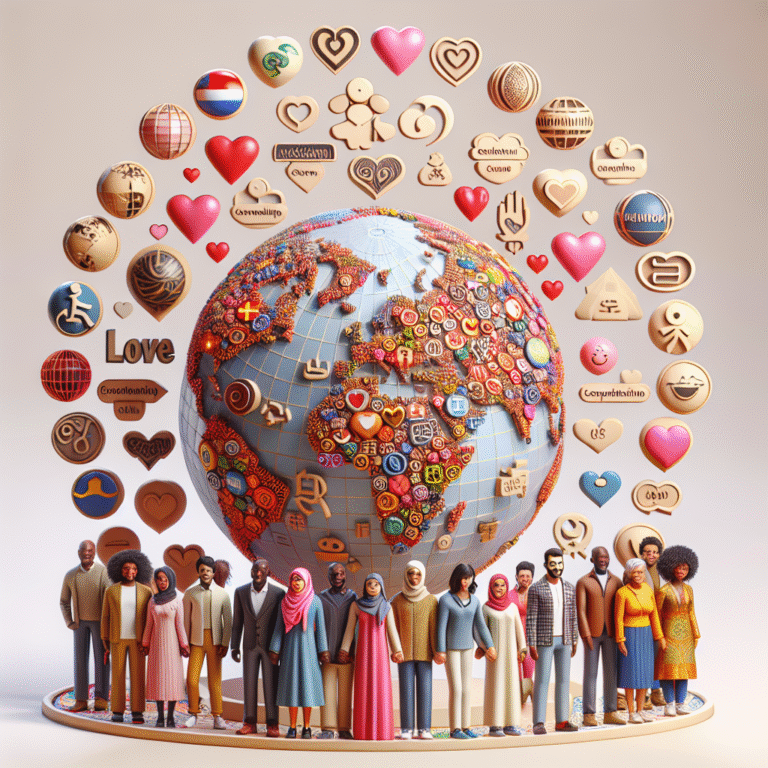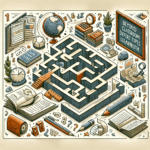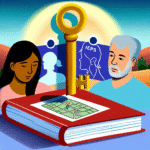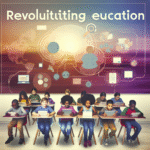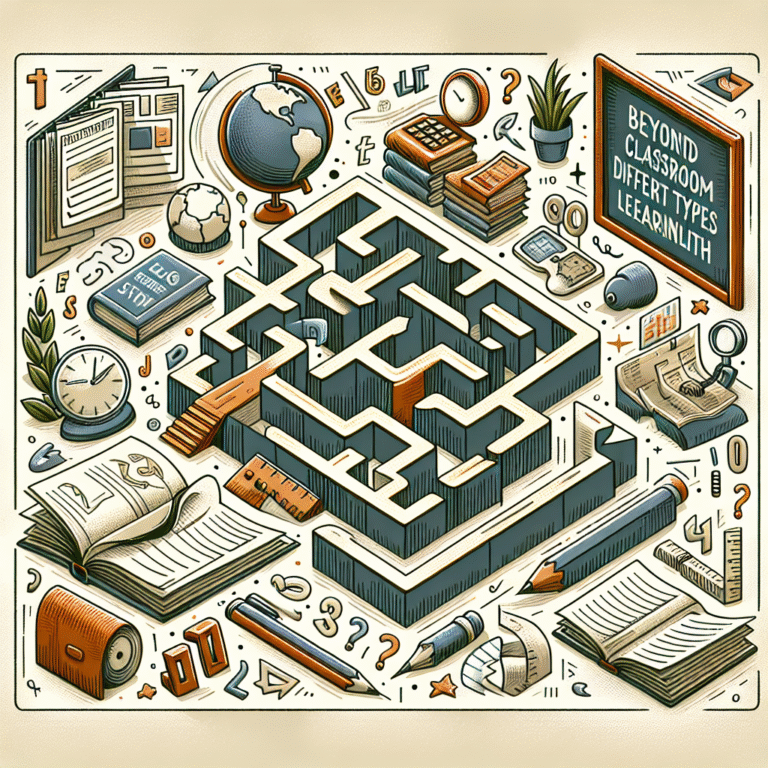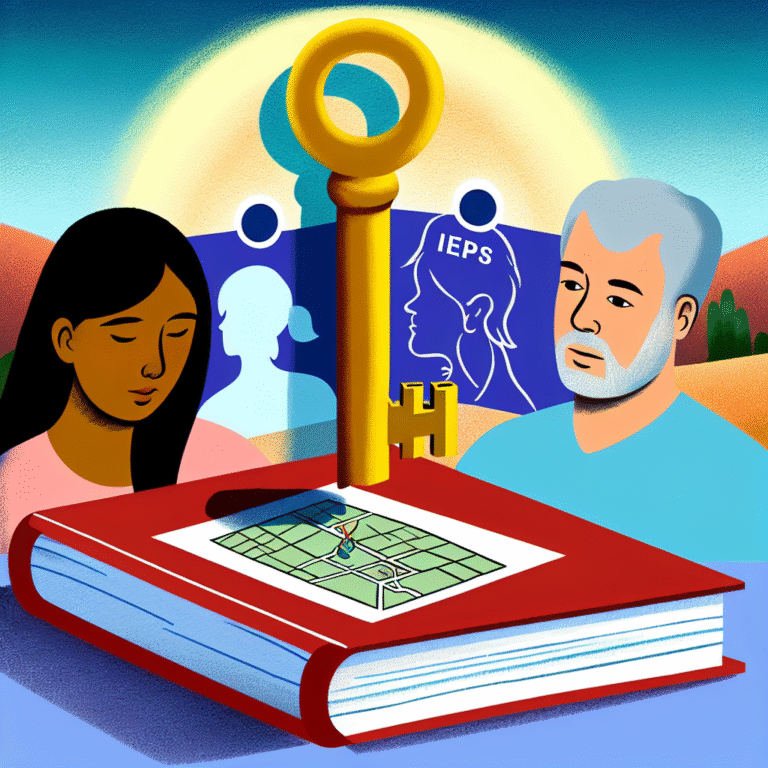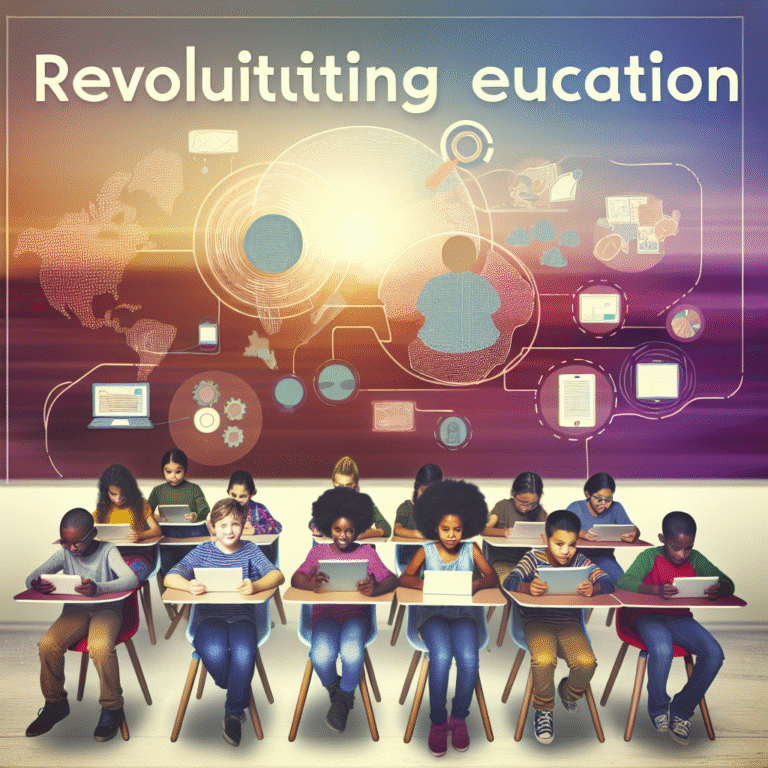
Introduction
In the heart of our modern society, a clear divide has emerged. Whether it’s political, social, or cultural differences, the gap seems to widen daily. Many of us feel isolated in our echo chambers, where confirmation bias thrives. How can we mend the rift in this increasingly polarized world? The answer lies in a simple yet profound emotion: empathy.
Empathy is more than just understanding someone else’s feelings; it’s about connecting, healing, and ultimately building bridges. This article dives into Building Bridges: The Role of Empathy in a Divided World and explores how fostering empathy can transform conflicts into collaborations, misunderstandings into connections, and division into unity.
Understanding Empathy
Before we delve deeper, it’s critical to define empathy. It’s the ability to understand and share the feelings of others. Notably, empathy can be divided into two main types:
- Cognitive Empathy: Understanding another person’s perspective or mental state.
- Emotional Empathy: Sharing or feeling another person’s emotions.
By recognizing these different shades of empathy, we can appreciate how they play unique roles in bridging divides.
The Necessity of Empathy
Social Divisions
In a world characterized by growing social divisions, it’s evident that empathy is essential for healing. Data shows that communities where empathy flourishes tend to experience lower rates of conflict, higher levels of well-being, and increased social cohesion. According to studies conducted by the American Psychological Association, higher empathy levels correlate with lower social isolation and greater community engagement.
Political Polarization
Politically, empathy has been shown to be a powerful tool. A study from Harvard University found that when individuals engaged in empathetic conversations, it led to an increase in understanding and, at times, a change in previously held beliefs. This finding suggests that empathetic dialogue can reduce partisan hostility and build bridges across ideological divides.
Case Studies in Empathy
Case Study 1: The Empathy Circle in Oakland
In Oakland, California, a grassroots movement called the Empathy Circle has been implemented to tackle issues of racial division and police violence. Community members gather in a safe space to share their personal experiences and feelings regarding their cultural backgrounds and societal roles. The outcome? Increased understanding and a noticeable decrease in community tensions.
Relevance: This case exemplifies how structured empathetic dialogue can bridge divides by fostering mutual respect and understanding.
Case Study 2: The Restorative Justice Model
In the realm of criminal justice, restorative practices demonstrate the power of empathy. In a restorative justice program in New Zealand, offenders meet their victims, hear their stories, and understand the harm caused. This empathetic engagement often leads to a reduction in re-offending rates and allows for healing on both sides.
Relevance: By involving empathy in healing processes, restorative justice not only addresses the harm done but also repairs relationships, showcasing the role of empathy in transforming lives.
Tools for Fostering Empathy
Active Listening
- Definition: Listen to understand, not respond.
- Benefits: Encourages deeper connections and opens the door for meaningful conversations.
Storytelling
- Definition: Sharing personal stories encourages others to see different perspectives.
- Benefits: Makes issues relatable and humanizes experiences.
Mindfulness Practices
- Definition: Techniques such as meditation help individuals become more attuned to others’ emotions.
- Benefits: Develops emotional regulation and heightens sensitivity toward others’ feelings.
Experiential Learning
- Definition: Engaging in the experiences of others through volunteering or community service.
- Benefits: Deepens understanding and appreciation of diverse backgrounds.
Empathy in Action: How Organizations Are Making a Difference
Table: Organizations Promoting Empathy Initiatives
| Organization | Initiative | Impact |
|---|---|---|
| Toward One America | Empathy workshops | Improved dialogue among communities |
| The Humanity Lab | Empathy training for leaders | Increased workplace harmony |
| Crisis Text Line | Text-based support | Emotional support for crisis victims |
These organizations highlight that Building Bridges: The Role of Empathy in a Divided World is not just a philosophy but a practice that yields tangible results.
The Corporate Landscape
In the corporate world, empathy translates to emotional intelligence, directly affecting team dynamics and productivity. Companies promoting a culture of empathy report higher employee satisfaction and engagement. Research shows that organizations with strong empathetic leadership see significant increases in performance metrics and lower turnover rates.
Case Study 3: Microsoft’s Empathy Index
Microsoft introduced an Empathy Index to assess how empathetic their teams were. This initiative allowed them to target areas that needed improvement and foster more collaborative work environments. The result? Teams that displayed higher empathy saw a notable increase in innovation and employee retention.
Relevance: This showcases how empathy in leadership can not only benefit a workplace but can also act as a model for other organizations.
Cultivating Empathy: Actionable Insights
To make a meaningful impact, consider the following actionable steps in your community, workplace, or personal life to promote empathy:
- Engage in Dialogue: Start conversations with those who hold different views. Use open-ended questions to invite sharing.
- Volunteer: Get involved in community service or local non-profits that expose you to different life experiences.
- Teach Empathy: If you’re in a position of influence, incorporate empathy training into your curriculum, workshop, or corporate training sessions.
Conclusion
As we navigate through an increasingly divided world, the significance of Building Bridges: The Role of Empathy in a Divided World becomes clearer than ever. Empathy is a powerful connector that can mend heartache, heal communities, and foster understanding. By incorporating empathy into our daily lives, we can each play a role in bridging the divides that separate us.
Empathy isn’t just a feeling; it’s a call to action, a commitment to understanding others. Let us strive to not only feel for one another but to act with that understanding, ultimately creating a more unified world.
FAQs
Q1: How can I practice empathy in my daily life?
A: Start small by actively listening to others, sharing your own experiences, and being open to understanding different perspectives.
Q2: Can empathy really change societal issues?
A: Yes! Numerous studies point to empathy’s capacity to reduce prejudice, mitigate conflict, and promote cooperation.
Q3: What are the long-term benefits of fostering empathy in communities?
A: Communities with strong empathetic bonds enjoy higher levels of well-being, reduced conflict, and improved social cohesion.
Q4: How does empathy impact leadership skills?
A: Empathy is a key pillar of emotional intelligence, which enhances communication, boosts team morale, and fosters collaboration.
Q5: What resources exist for learning more about empathy?
A: Many books, podcasts, and workshops focus on emotional intelligence and empathy development. Recommended titles include "The Empathy Effect" by Helen Riess and "Born for Love" by Bruce Perry.
By exploring Building Bridges: The Role of Empathy in a Divided World, it’s clear that we all have a role to play in fostering a more connected and compassionate society. Let’s embrace empathy as a transformative force for good.




